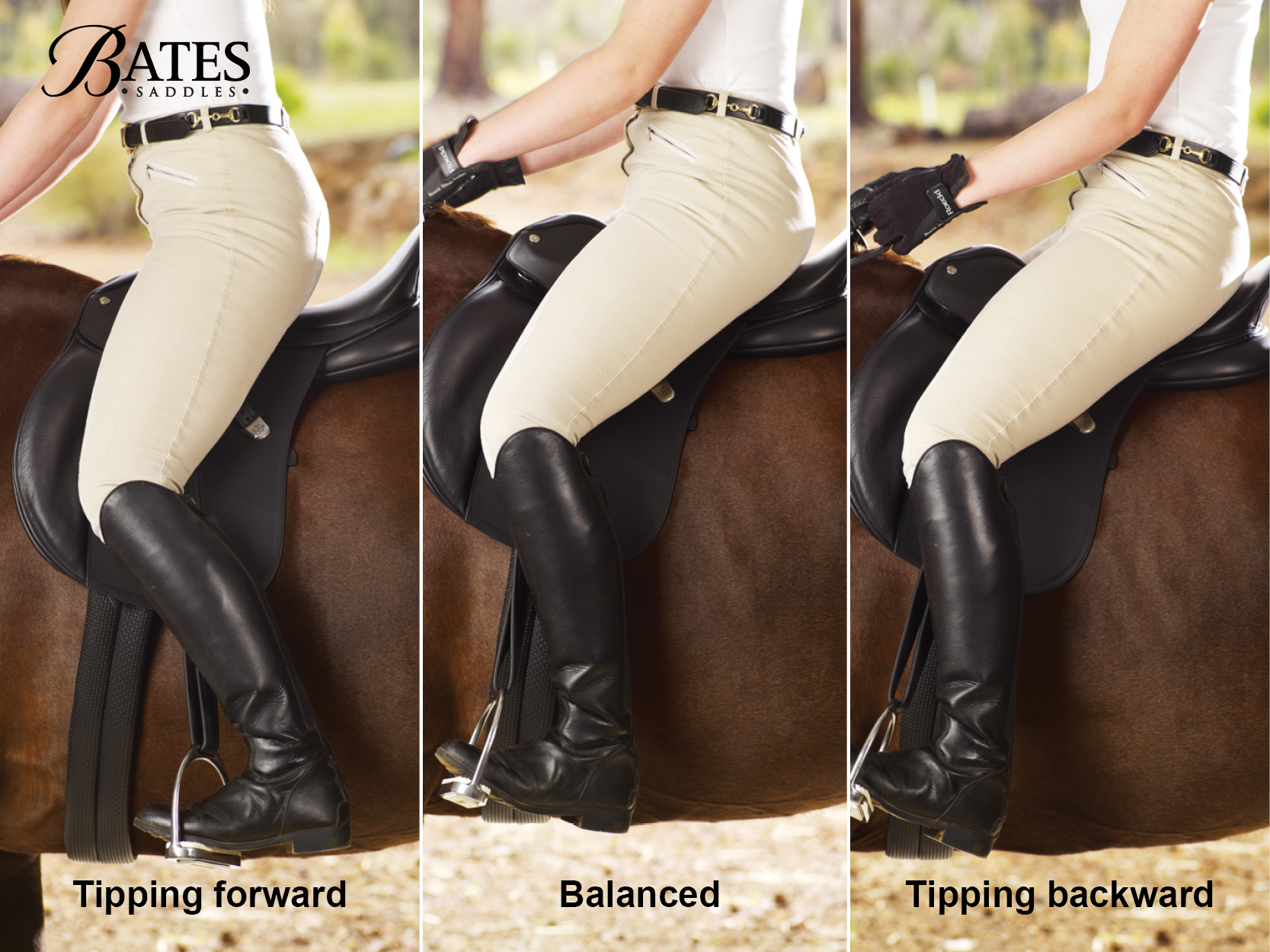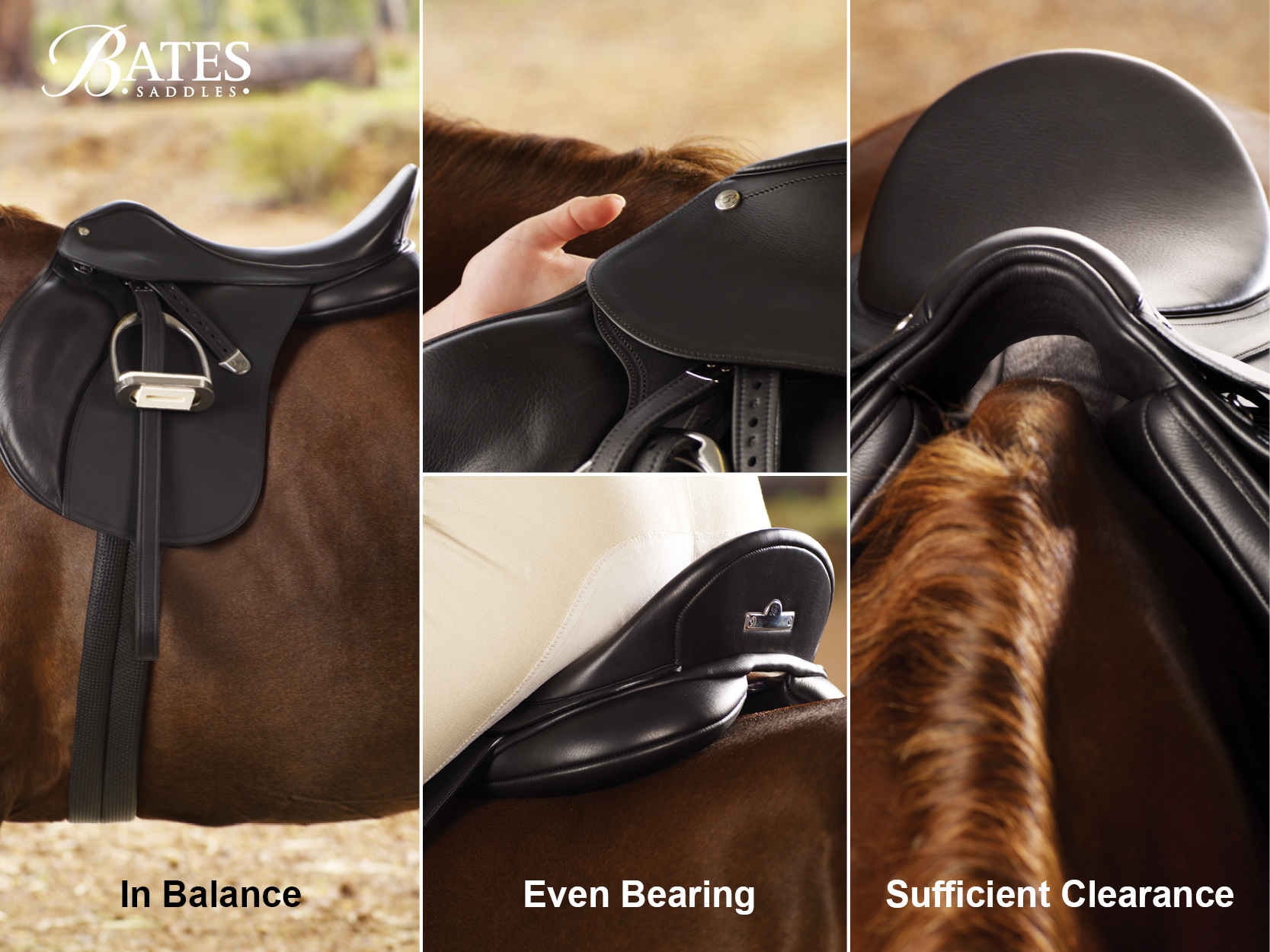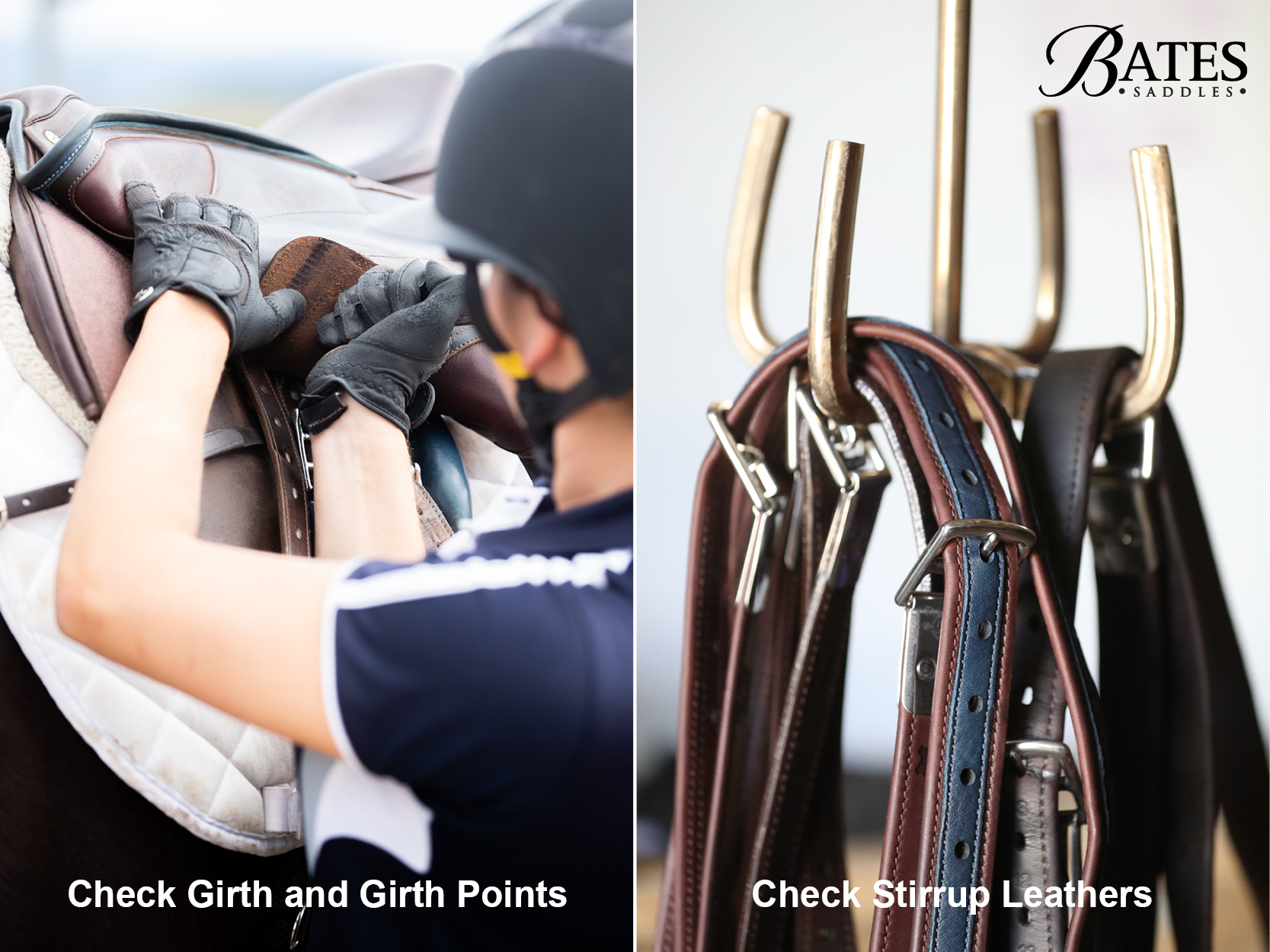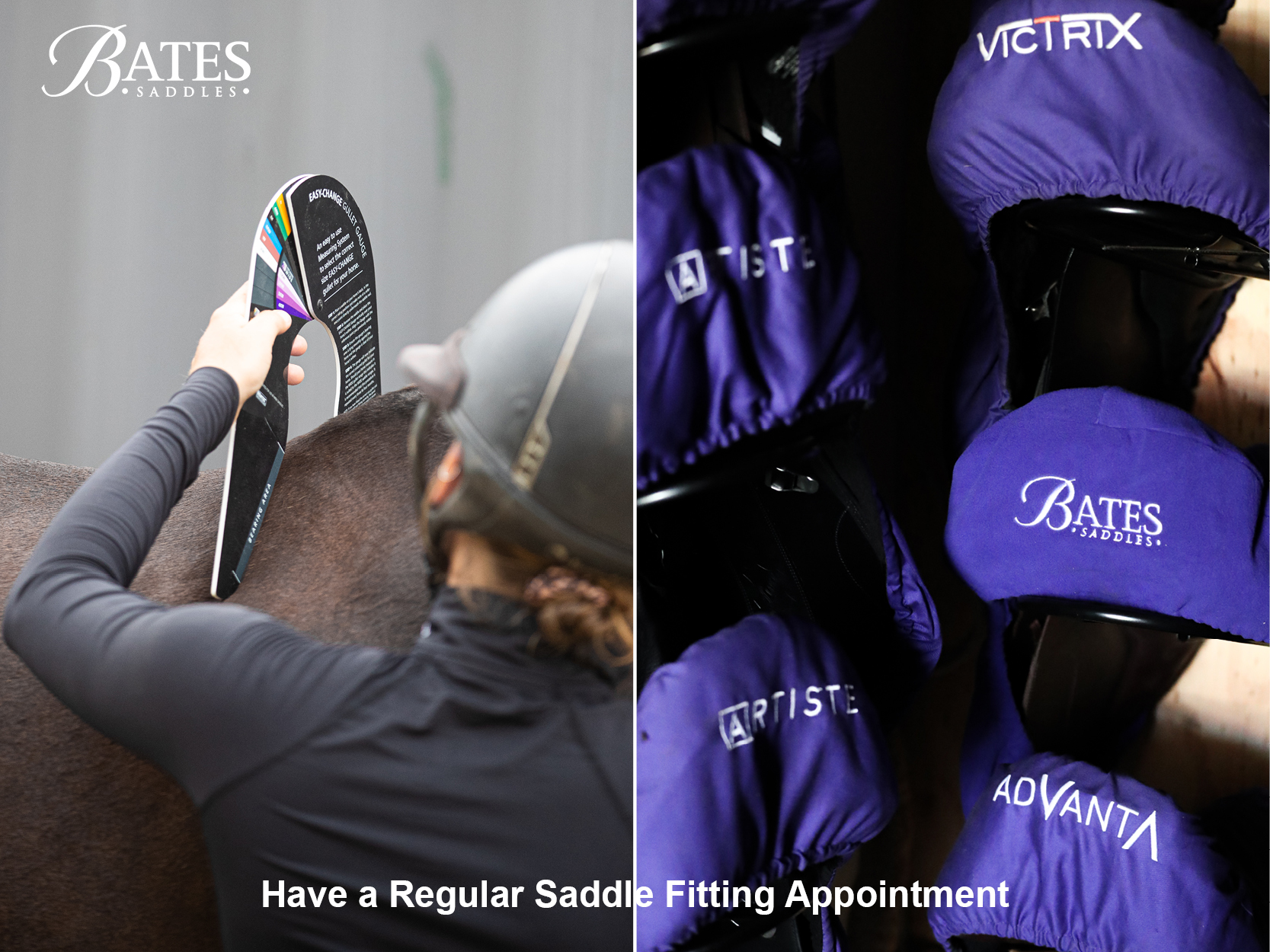The Foundation of Success: Understanding Your Saddle's Role in Performance

Balance and stability are fundamental to success in eventing, where precision and control are demanded across three distinct phases. At this year's USEA Annual Meeting and Convention, our partner, Bates Saddles' expert presentation on saddle fit and rider position highlighted a crucial yet often overlooked aspect of our sport: how small adjustments to our equipment can lead to significant improvements in our riding.
The Evolution of Saddle Fit
Just as our horses develop physically through training, their bodies change – and so do their saddle fitting needs. Many riders don't realize that saddle fit is dynamic, requiring regular assessment and occasional adjustment to maintain optimal performance. The signs that your saddle needs attention can be subtle, often manifesting as:
- Persistent position issues despite regular lessons
- A newfound sense of instability or imbalance
- Increased awareness of your saddle during riding
- Changes in your horse's responsiveness or behaviour

Taking Control: Regular Saddle Assessment
Implementing a regular saddle assessment routine is essential for both performance and safety. Here is a systematic approach to evaluating your saddle's fit:

Monthly Checks
1. Position your horse on level ground
2. Girth the saddle without a pad (if your horse will allow)
3. Evaluate:
- Saddle placement and symmetry
- Balance (seat should be level when viewed from two meters away)
- Channel clearance along the spine
- Even pressure distribution under the panels
Equipment Integrity

Don't forget to inspect:
- Girth points for stretching or damage
- Stirrup leathers for wear and equal length
- Girth condition and elasticity
Beyond DIY: Professional Expertise

While regular self-assessment is valuable, professional saddle fitting remains crucial for optimal performance. A qualified saddle fitter can identify subtle issues and make precise adjustments that account for both horse and rider biomechanics. Consider scheduling professional fittings:
- At the start of each competition season
- After significant changes in your horse's fitness or body condition
- When starting a new phase of training
- If you notice persistent position or performance issues
Having a regular saddle fit appointment will allow you and your horse to develop to the best of your ability over time and maximize your riding enjoyment! Discover more about Bates Saddles here.
The Performance Connection
As demonstrated at the USEA Annual Meeting and Convention, a properly fitted saddle does more than just maintain comfort – it directly influences your effectiveness as a rider. The right fit enables:
- Clearer communication through your aids
- Better absorption of movement across all three phases
- Improved stability in technical situations
- Enhanced confidence for both horse and rider
Moving Forward
The art of saddle fitting combines traditional horsemanship with modern understanding of equine and human biomechanics. By maintaining regular awareness of your saddle's fit and working with qualified professionals, you create a foundation for success that benefits both you and your horse.
Remember: Small adjustments can lead to significant improvements in your riding. Don't wait for major issues to develop – make saddle assessment a regular part of your horsemanship routine.
*For more detailed information on saddle fitting and performance optimization, connect with a qualified saddle fitter in your area.*
Time for a new saddle? Click here for a checklist that covers decision-making for when you are buying a new saddle.














